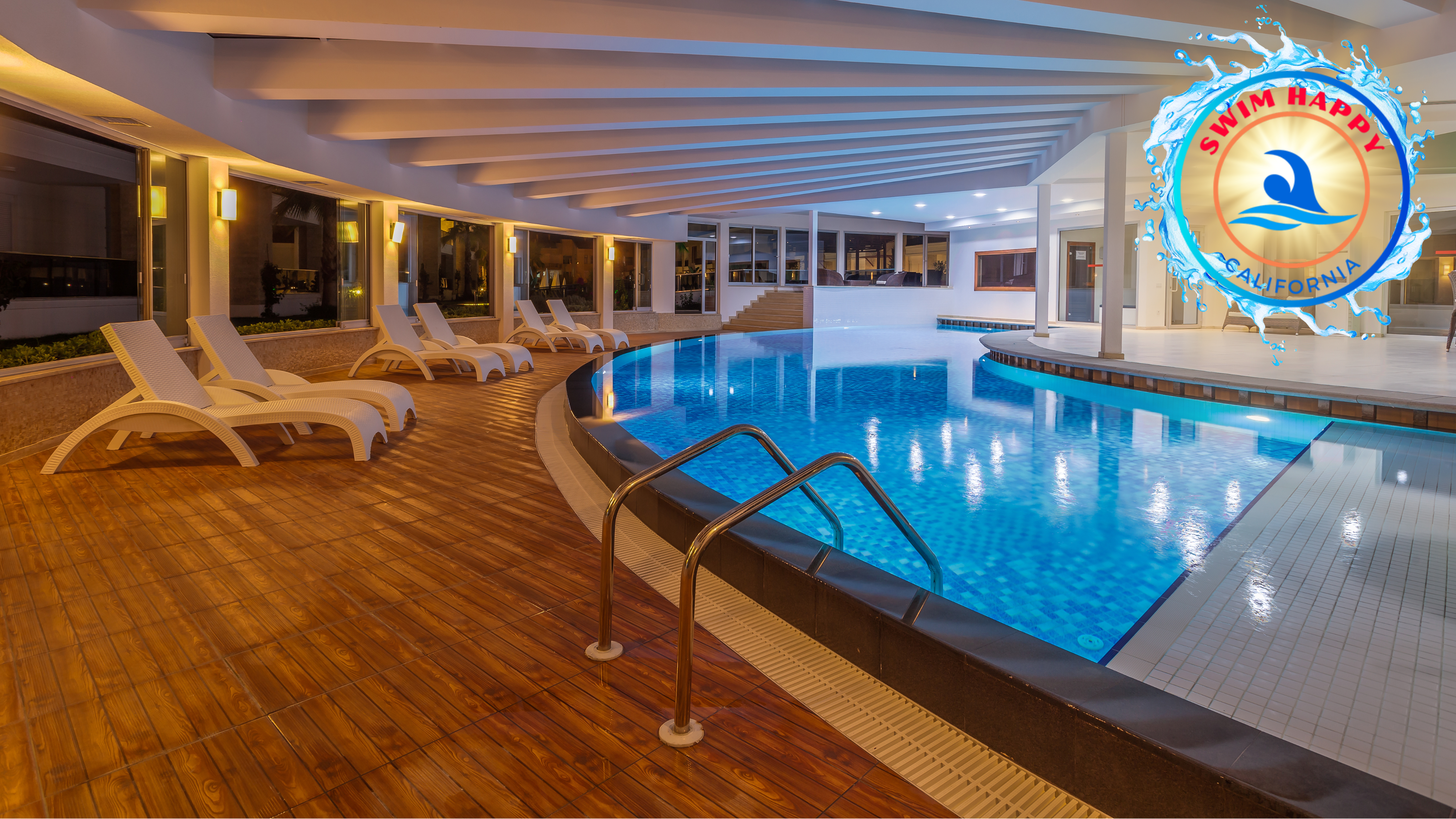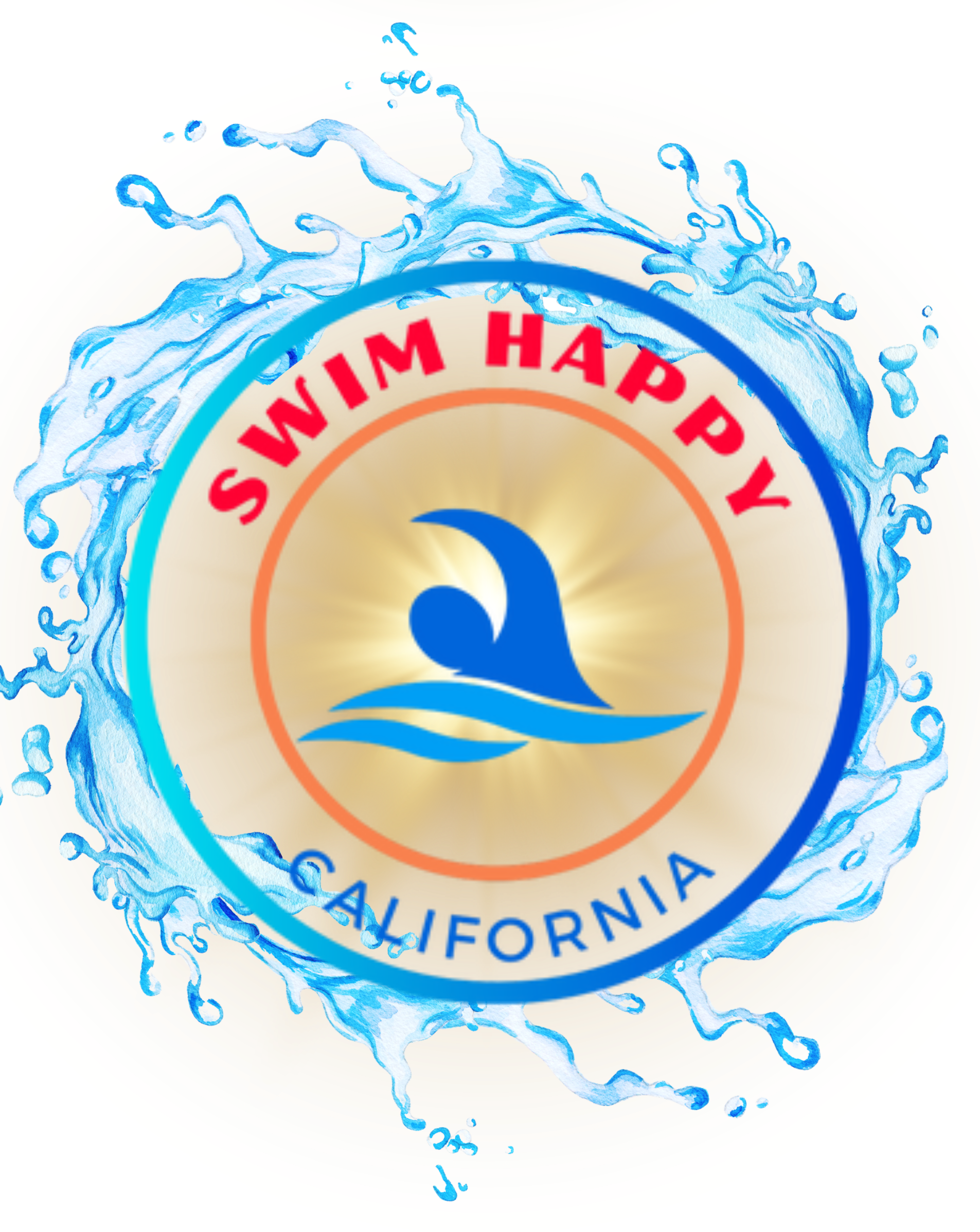
Water Chemistry
Water Balance
Langelier Saturation Index
.
LSI is a scientific measure used to assess the balance of your pool’s water chemistry and is calculated based on five factors: pH, Total Alkalinity, Calcium Hardness, Total Dissolved Solids (TDS) and Water Temperature.
We aim to maintain an optimal LSI range between -0.3 and +0.3. This balance ensures your pool water remains stable, which helps with:
.
Protecting your pool equipment
Optimal pool maintenance entails a careful harmony between scaling and corrosion, preserving the integrity of pipes, heaters, salt cells, and other equipment. Elevate your pool care with our meticulous approach for long-lasting protection and equipment durability.
Protecting your pool surfaces
Maintaining a well-balanced pool water chemistry not only enhances swimming comfort but also extends the longevity of your pool surfaces like plaster, liner, and tile, ensuring they withstand the test of time; we can help you with that.
Happy Swimming
Effective pool maintenance and proactive water chemistry management contribute to a safer and more enjoyable swimming experience by minimizing unnecessary harsh chemicals and reducing the risks associated with overdosing.
At Swim Happy CA we use industry leading water testing technology that enables us to accurately balance and sanitize your pool water.
According to Robert Lowry:
“[ORP] is a measurement of a body of water’s ability to oxidize contaminants. Measured with an electrode and electronic meter. It is an indication of the sanitizing level or degree of safety from disease in the water. Measured in millivolts with the accepted minimum level being 650mV.”
Understanding Scale and Corrosion in Pool Water
What Can Affect Your Water Chemistry?
Scale forms when your pool water becomes too alkaline, while corrosion occurs when the water turns acidic.
Factors like weather conditions and the use or over use of certain pool chemicals, along with their byproducts, can contribute to these scaling or corrosive effects, disrupting your pool’s water chemistry.
Proper water balance is key to maintaining a safe and enjoyable swimming environment.
Have Questions?
Give us a call
Let us take the hassle out of pool care! We’ll come directly to your home, conduct a professional water test, and provide you with a detailed assessment of your pool’s condition. Don’t wait—schedule your personalized evaluation today and keep your pool in top shape!

